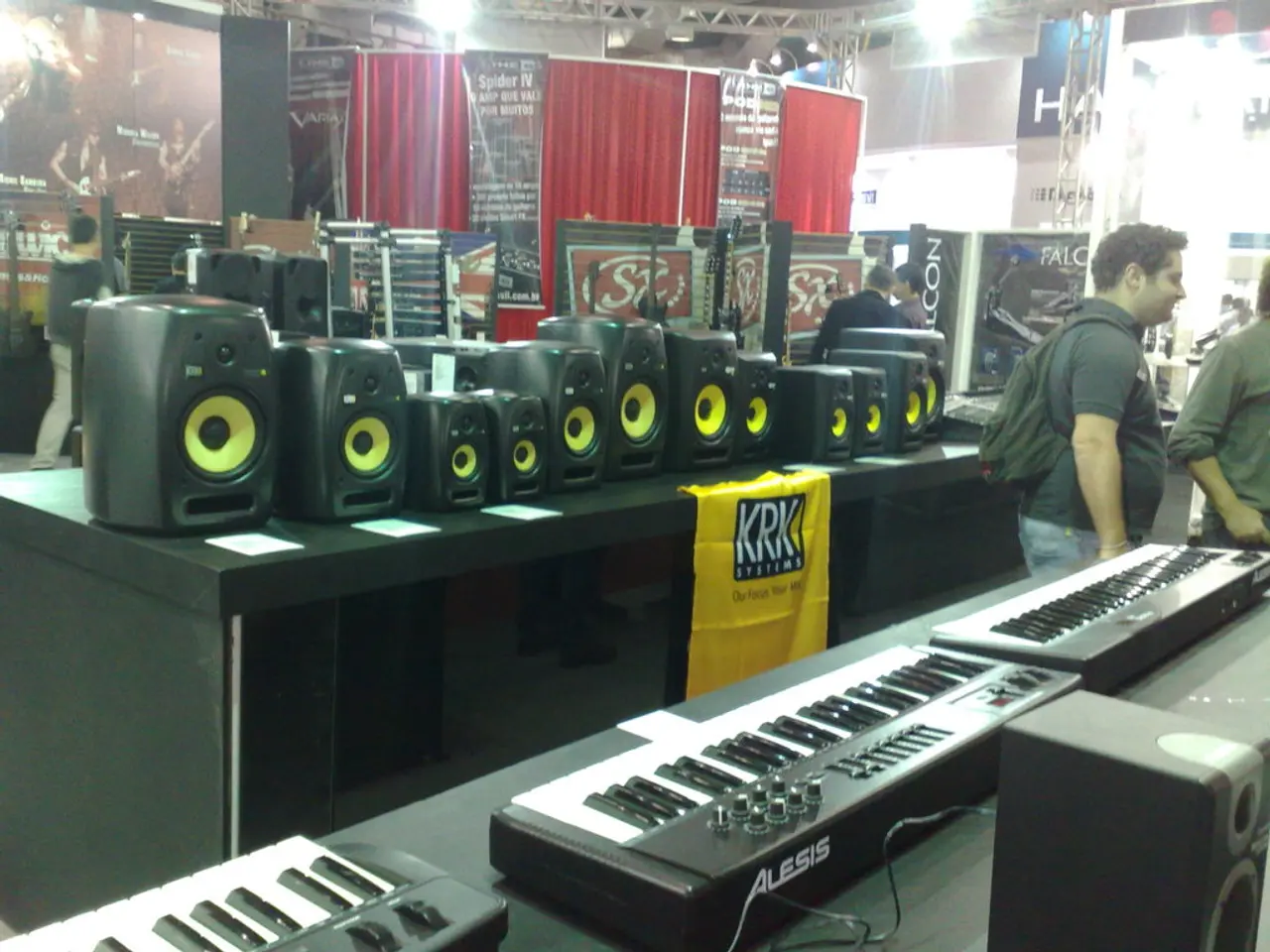Vegas' Jobless Rate Climbs Higher Despite Modest Statewide Job Gain
=================================================================================================
In the heart of the United States, Nevada continues to grapple with high unemployment rates, particularly in its gaming industry. The state, renowned for its casinos and hospitality sector, is facing a significant downturn that began in 2025.
The core drivers of this rising unemployment are the significant downturn in tourism and leisure travel, exacerbated by international travel restrictions, increased visitor costs, and broader economic uncertainties affecting leisure spending.
According to the Nevada Department of Employment, Training, and Rehabilitation (DETR), the state's job market has a positive outlook, citing slow but steady job growth and labor force participation that outperforms the nation. However, the unemployment rate in Nevada remains the highest in the union, with only Washington, D.C. having a higher rate (5.9%).
The unemployment rate in Clark County, home to Las Vegas and the Strip, increased from 5.5% in May to 5.8% in June. This rise is particularly concerning as it marks the second consecutive month of unemployment growth in Las Vegas.
Tourism to Las Vegas has dropped significantly, with around 16.5 million visitors through May 2025, down 6.5% from the same period in 2024. March 2025 also saw a 7.8% year-over-year dip in visitor volume, marking several consecutive months of decline.
With fewer visitors, gaming revenue on the Strip fell 4.8% and hotel occupancy decreased from 85.3% in March 2024 to 82.9% in March 2025. Reduced international arrivals, notably from key feeder markets like Canada and Mexico, due to changing U.S. travel policies and tariffs, have contributed to fewer tourists. Advance summer flight bookings from Canada have plunged over 70% compared to summer 2024.
Visitors to Las Vegas are increasingly voicing concerns about rising costs and feeling "nickel-and-dimed," which deters more budget-conscious tourists, especially in the summer off-season. Historically, hot summer months cause a decline in casino and hospitality employment due to seasonal effects, though the current downturn is deeper and more prolonged.
Besides the private sector effects, a reduction in public sector jobs, especially in education, also contributes to Nevada’s overall high unemployment rate. Wider availability of casinos across other states reduces Las Vegas’s unique draw, placing further pressure on its gaming industry.
Analysts warn that this trend may continue if the tourism slump persists, affecting unemployment rates that are among the highest in the United States for large metro areas in 2025. MGM Resorts, Nevada's largest employer, with approximately 74,500 employees, is among the businesses feeling the pinch.
As the state continues to navigate these economic challenges, the DETR and other stakeholders are working to address the issues and foster a more robust and resilient economy for Nevada.
[1] DETR, Economic and Labor Market Information Division, 2025. [2] Las Vegas Convention and Visitors Authority, 2025. [3] Nevada Governor's Office of Economic Development, 2025. [4] MGM Resorts International, 2025.
- High unemployment rates in Nevada, particularly within its gaming industry, have resulted in a detrimental impact on the workforce in Las Vegas.
- The unemployment rate in Las Vegas jobs market remains the highest in the union, following slower job growth and labor force participation that outperforms the nation.
- The increased unemployment in Las Vegas represents a second consecutive month of growth, raising concerns for both the state and casino industry.
- Casinos, a cornerstone of Nevada's economy and culture, have suffered as a result of reduced casino-culture tourism, causing a decline in unemployment.
- The Nevada Department of Employment, Training, and Rehabilitation (DETR) is working to promote policy and legislation aimed at strengthening the Nevada unemployment landscape.
- The rise in unemployment in Nevada has been influenced by factors such as travel restrictions, increased visitor costs, and broader economic uncertainties affecting leisure spending.
- The gaming industry in Nevada has faced a significant downturn due to the decrease in casino-and-gambling visitors on the Strip, with reduced international arrivals from key feeder markets like Canada and Mexico.
- The Vegas jobs landscape has been further strained by a reduction in public sector jobs, especially in education, contributing to Nevada’s overall high unemployment rate.
- Current economic challenges facing Nevada could persist if the tourism slump persists, causing continued fluctuations in the state's unemployment and Nevada unemployment rate.
- MGM Resorts, as the state's largest employer, is among the businesses feeling the impact of the economic downturn in the convention, casino-games, and hospitality sectors.




